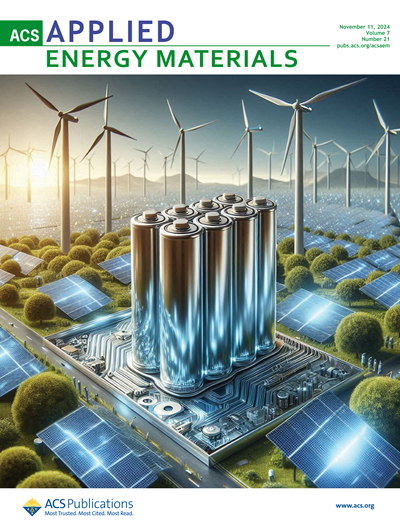Black soldier fly larvae feed suitability for chicken and prospects for economic valuation and viability aspects
IF 5.5
3区 材料科学
Q2 CHEMISTRY, PHYSICAL
引用次数: 0
Abstract
Utilization of black soldier fly larvae (BSFL) emerges as a promising avenue for organic waste recycling and production of protein rich biomass. The current study explored the suitability of BSFL protein feed for chicken and economic facets associated with BSFL rearing facilities, encompassing costs of goods sold (COGs), operating expenditure (OpExp), and capital costs (CapExp). Research revealed that incorporation of BSFL feed for chicken did not exert discernible influences on overall meat quality. However, the amino acid content variation of chicken meat particularly concerning polyunsaturated fatty acids (PUFA), are correlated with the fatty acid composition of the BSFL feed, showed substrate-specific characteristics. The recommended BSFL dosage ranges up to 13% (defatted larvae), 12% (partially defatted BSFL), 14% (dried larvae), and 48% (for whole larvae), which did not affect the chicken body weight and physiological traits, except for the fatty acids profile. However, complete substitution at 100% proved detrimental to body weight. The establishment of a BSFL rearing facility is deemed economically viable, considering large production scales and supply chain development in collaboration with waste material managers. Such collaboration is envisioned to curtail substantial portions of expenses, primarily attributed to transport and labor costs, which constitute 60-70% of the financial outlay in the developing countries context. Based on the operational, capital, and marketing expenditures, the cost for BSFL rearing setup in Asian countries (Pakistan) ranged from US $50,762 to US $100,000, while the estimated profit was US $10,762 to US $51,121. These figures may vary based on cost per product, net price and profit per product, number of products sold, and market share and growth traction facets.黑背潜蝇幼虫对鸡饲料的适宜性以及经济价值和可行性方面的前景
黑翅蝇幼虫(BSFL)的利用是有机废物循环利用和生产富含蛋白质的生物质的一个前景广阔的途径。本研究探讨了 BSFL 蛋白饲料对鸡的适用性以及与 BSFL 饲养设施相关的经济方面,包括销售成本(COG)、运营支出(OpExp)和资本成本(CapExp)。研究表明,添加 BSFL 鸡饲料对整体肉质没有明显影响。但是,鸡肉中氨基酸含量的变化,尤其是多不饱和脂肪酸(PUFA)含量的变化,与 BSFL 饲料的脂肪酸组成相关,显示出基质的特异性。推荐的 BSFL 添加量范围为 13%(脱脂幼虫)、12%(部分脱脂 BSFL)、14%(干幼虫)和 48%(全虫),除脂肪酸组成外,这些添加量不会影响鸡的体重和生理特征。然而,100% 的完全替代证明对体重不利。考虑到大规模生产以及与废料管理者合作开发供应链,建立 BSFL 饲养设施在经济上是可行的。预计这种合作将减少很大一部分开支,主要是运输和劳动力成本,在发展中国家,这占财政支出的 60-70%。根据运营、资本和营销支出,亚洲国家(巴基斯坦)饲养 BSFL 的成本从 50,762 美元到 100,000 美元不等,而估计利润为 10,762 美元到 51,121 美元。这些数字可能因每件产品的成本、每件产品的净价格和利润、销售产品数量以及市场份额和增长牵引力等因素而有所不同。
本文章由计算机程序翻译,如有差异,请以英文原文为准。
求助全文
约1分钟内获得全文
求助全文
来源期刊

ACS Applied Energy Materials
Materials Science-Materials Chemistry
CiteScore
10.30
自引率
6.20%
发文量
1368
期刊介绍:
ACS Applied Energy Materials is an interdisciplinary journal publishing original research covering all aspects of materials, engineering, chemistry, physics and biology relevant to energy conversion and storage. The journal is devoted to reports of new and original experimental and theoretical research of an applied nature that integrate knowledge in the areas of materials, engineering, physics, bioscience, and chemistry into important energy applications.
 求助内容:
求助内容: 应助结果提醒方式:
应助结果提醒方式:


